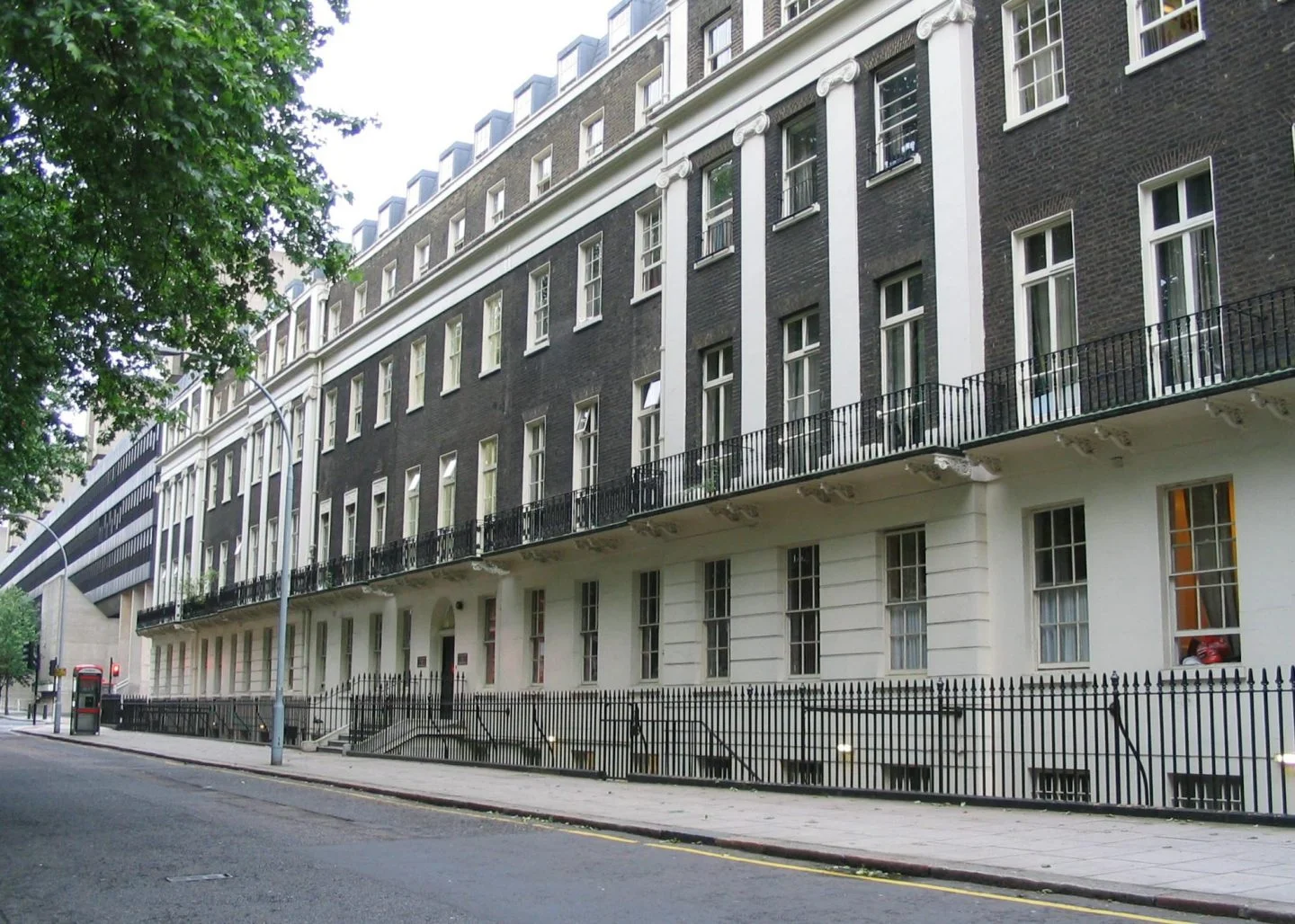Results revealed for UCL Hall Representatives after an extremely low voter turnout
The elections were disrupted by a number of students withdrawing and a disciplinary incident.
The voting for the UCL Representative Elections for the academic year closed at noon on Wednesday 24th October. Most Hall Representatives have already been elected and the results have been published on the UCL Student Union website. The role of the Representatives is to be the spokesperson for students living in UCL residences, acting as a link between the university and its students to facilitate communication and enable improvement. Representatives live in these halls and get a £2,000 rent reduction for their work.
UCL halls have a large student population numbering over 3000 residents across different complexes, yet voter turnout for this round of elections was surprisingly low. Only 650 students in total casted their vote, equating to approximately 20% of the total UCL halls population. This is a significant decrease from last year, in which approximately 30% voted.
Each residence has a separate election process and usually only one representative is elected per residence, although this year elections were run jointly for several groups of halls. The processes, as well as the results, differ widely between residences. However, many of them were faced with at least one of the candidates withdrawing from the elections. In John Dodgson House, four candidates out of the initial seven withdrew their nomination. Nominations have been reopened in James Lighthill and Campbell House East and West following an initial election stage in which no candidate was chosen.
The percentage of voters did not exceed 40% in most residences or complexes, except Arthur Tattersall House and John Tovell House where 66% of residents voted. In larger halls, those numbering more than 400 residents, there was a greater number of election stages, but voter turnout was considerably lower. In Ian Baker House and Ramsay Hall, the turnout was 15%. In the largest grouping, comprising of Ann Stephenson House, Ifor Evans Hall, Max Rayne House and Neil Sharp House, the elections proceeded through six stages, but only 13% of the residents voted. In the same grouping, the percentage of votes received by two candidates was reduced by 5% and 2.5% respectively, following a disciplinary act concerning a conflict between the candidates. James Lighthill House suffered the lowest voter turnout. There was only one candidate in the election, and the option to re-open nominations received the majority vote.
Moreover, it was reported by the Union that there have been several complaints regarding the elections, though the details of these complaints are yet to be revealed A report disclosing more information is to be published mid-November.

